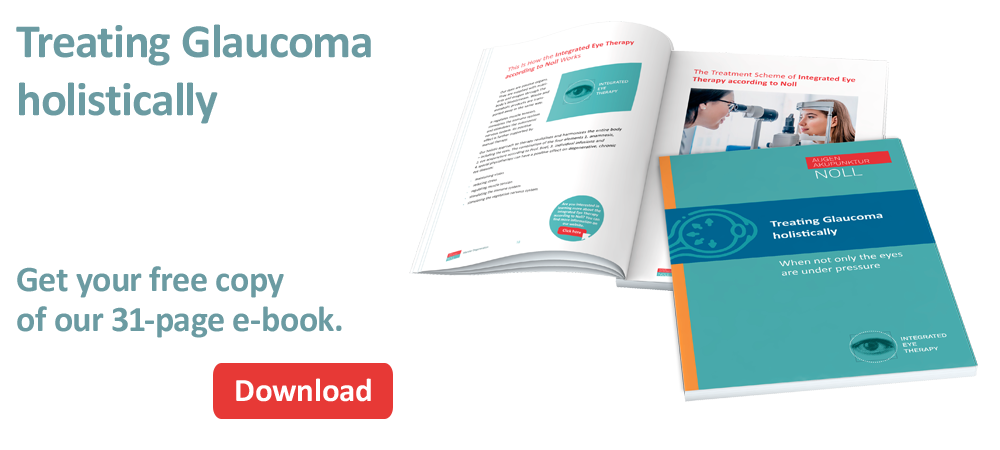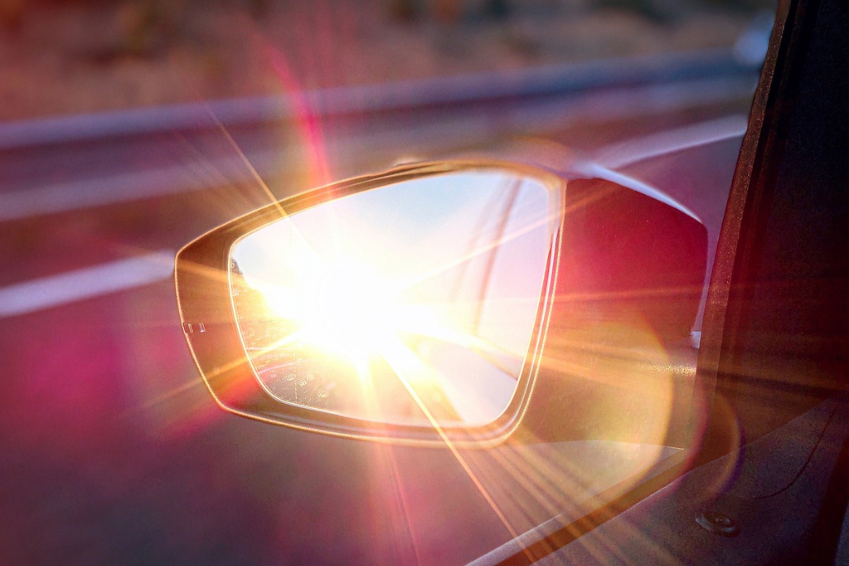Increased intraocular pressure (IOP) and eye pressure – a Glaucoma symptom

Increased intraocular pressure (IOP) and eye pressure is a possible symptom of Glaucoma
The symptom “Increased intraocular pressure” refers to an increase in pressure inside the eye, also known as intraocular pressure.
Intraocular pressure is an important parameter that depends on the balance between the production and outflow of the eye’s fluid, called aqueous humour.
Normally, the pressure in the eye stays within a certain range, which is crucial for healthy eye function.
Main risk factor for the development of Glaucoma
When intraocular pressure rises excessively, it can be a sign of a disturbance in the balance of aqueous humour flow. Increased intraocular pressure is a major risk factor for developing glaucoma, a group of eye diseases that can lead to permanent vision loss if left untreated.
Glaucoma – silent thief of vision
Glaucoma often occurs without symptoms and is therefore often referred to as the “silent thief of sight”. The increase in pressure in the eye can gradually damage the optic nerve tissue, causing the nerve fibres responsible for vision to gradually die.
Since the optic nerve is responsible for transmitting visual information from the eye to the brain, its damage leads to visual field impairment and possibly deterioration of vision.
Increased intraocular pressure – not always a definite Glaucoma symptom
It is important to note that elevated intraocular pressure is not always a clear indication of glaucoma, as some people with high pressure show no signs of the disease, while others with normal pressure may develop glaucoma.
For this reason, it is crucial to have regular eye examinations, especially for people with an increased risk of glaucoma, such as a family background of the disease or older age.
Detailed Glaucoma diagnosis by an ophthalmologist
Accurate diagnosis of glaucoma requires a thorough evaluation by an ophthalmologist. Treatment usually focuses on controlling intraocular pressure to slow or stop the progression of the disease.
This can be achieved through medication, laser treatments or surgery, depending on the severity and type of glaucoma. Of course, this can also be done in combination with naturopathic glaucoma treatment.


